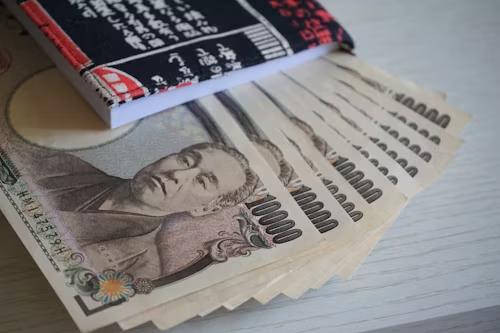Tariff, tariff, tariff, It's all the market are anxious of. As U.S. President Donald Trump prepares to unveil his full suite of trade policies, including reciprocal tariffs, on April 2nd, global markets are bracing for major disruption, with Canada announcing the end of its "old" relationship to reduce its reliance on the American economy. The 25% duty on imported vehicles has automakers from Japan, South Korea, and Europe warning of price hikes and potential production shifts. Central banks, such as the European Central Bank and the Reserve Bank of Australia, are closely watching the situation, as the tariffs could influence their monetary policy decisions. Meanwhile, the U.S.-China trade relationship remains strained, with China’s President Xi Jinping urging global cooperation to protect supply chains as the threat of a renewed trade war looms large.
EQUITY
Wall Street continues its decline for the second session in reaction to President Trump's announcement of 25% auto tariffs in an ongoing trade war that is unclear to what ends. Energy stocks led losses while consumer staples gained even with steady oil prices. General Motors and Ford fell 7.4% and 3.9%, respectively, being vulnerable to tariffs due to their Mexico/Canada production, whereas Tesla rose 0.4% on its U.S.-centric operations.
GOLD
Gold prices printed another record high in the early London session, continuing to be driven by trade tensions in relation to new auto tariffs. Retaliatory measures from countries like Canada and France could increase tension even more, as well as expectations of a low-interest-rate environment. Analysts project continued bullish momentum, with Goldman Sachs raising its year-end 2025 forecast to $3,300 per ounce due to strong ETF and central bank demand.
OIL
Brent fell further than WTI on Thursday, with concerns over new US tariffs likely impacting foreign demand. The market saw additional support from US crude inventories drawdown and sanctions on Iran and Venezuela supply. India’s Reliance Industries halting Venezuelan oil imports due to US sanctions could send prices higher even though prices retreated today but are still on track for a third consecutive weekly gain.
CURRENCY
The dollar struggled in its recovery after falling on Thursday due to new auto tariffs but is still heading for a steady week with concerns that tariffs could slow U.S. growth, impacting yields, stocks, and currency value. The euro emerged as a strong performer, gaining over 4% since the start of 2025, while Scandinavian currencies led the G10 pack, with Sweden's crown up nearly 11% and Norway's up almost 9%. Meanwhile, the Canadian dollar defied expectations by rising 0.5% this year given the heavy U.S. tariffs, and the yen remained resilient with a quarterly gain just under 4%, supported by safe-haven flows.














